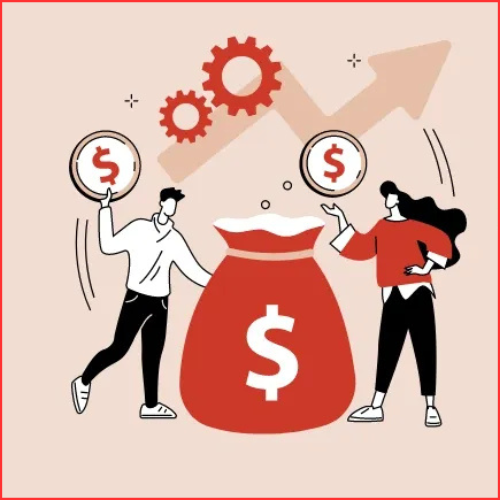Jerome Powell says Fed could hike rates by 0.75 again in July. He also said that Fed has tools, and ‘resolve’ to bring inflation down. “I do not expect moves of this size to be common, but an increase of 0.5 or 0.75 percentage points is likely at its next meeting,” Powell said.
The Federal Reserve raised its target interest rate by three-quarters of a percentage point on Wednesday to stem a disruptive surge in inflation and projected a slowing economy and rising unemployment in the months to come. The rate hike was the biggest made by the U.S. central bank since 1994 and was delivered after recent data showed little progress in its inflation battle.
“Inflation remains elevated, reflecting supply and demand imbalances related to the pandemic, higher energy prices, and broader price pressures,” the central bank’s policy-setting Federal Open Market Committee said in a statement at the end of its latest two-day meeting in Washington. “The committee is strongly committed to returning inflation to its 2% objective.”
The statement continued to cite the Ukraine war and China lockdown policies as sources of inflation. The action raised the short-term federal funds rate to a range of 1.50% to 1.75%, and Fed officials projected the rate, to increase to 3.4% by the end of this year and to 3.8% in 2023 – a substantial shift from projections in March that saw the rate rising to 1.9% this year.
The stricter monetary policy was accompanied by a downgrade to the Fed’s economic outlook, with the economy now seen slowing to a below-trend 1.7% rate of growth this year, unemployment rising to 3.7% by the end of this year, and continuing to rise to 4.1% through 2024.
While no policymaker projected an outright recession, the range of economic growth forecasts edged toward zero in 2023 and the federal funds rate was seen falling in 2024.
The projections are a break with recent Fed efforts to cast tighter monetary policy and inflation control as consistent with steady and low unemployment. The 4.1% jobless rate seen in 2024 is now slightly above the level Fed officials generally see as consistent with full employment.
Since March, when Fed officials projected they could raise rates and control inflation with the unemployment rate remaining around 3.5%, inflation has stubbornly remained at a 40-year high, with no sign of it reaching the peak Fed policymakers hoped would arrive this spring.
Even with the more aggressive interest rate measures taken on Wednesday, policymakers nevertheless see inflation as measured by the personal consumption expenditures price index at 5.2% through this year and slowing only gradually to 2.2% in 2024.
Fear of recession-:
Analysts increasingly see a recession looming in the US following the Federal Reserve’s biggest increase in interest rates since 1994 and signs of weaker consumer spending.
Wells Fargo & Co. now forecast a “mild recession” starting in mid-2023, as inflation becomes more entrenched in the economy and eats into consumer spending power — and as the Fed takes more aggressive steps to address it. Meanwhile, Moody’s Analytics said that chances of a soft landing are lower.
“The Federal Reserve is going to hike interest rates until policymakers break inflation, but the risk is that they also break the economy,” Ryan Sweet, Moody’s Analytics head of monetary policy research, said in a research note. “Growth is slowing and the effect of the tightening in financial market conditions and removal of monetary policy have yet to hit the economy.”
US retail sales fell for the first time in five months in May as higher prices hit consumer pocketbooks. Also on Wednesday, the Federal Reserve Bank of Atlanta cut its estimate for second-quarter growth to 0%. And Guggenheim Chief Investment Officer Scott Minerd said the US may already be in a recession, given the slowdown in consumer spending.
A growing number of economists have recently said a contraction next year would be difficult to avoid. In his note Wednesday, Wells Fargo’s Jay Bryson said he was expecting a soft landing just a week or so ago — but now his base scenario is for a mild recession.
A downturn by the start of 2024, barely on the radar just a few months ago, is now close to a three-in-four probability, according to the latest estimates by Bloomberg Economics.
A recession is typically defined as a decline in overall economic activity that’s broad and lasts more than a few months. The US just emerged from the deepest slump in the post-WWII period in 2020, after the Covid-19 pandemic hit.















